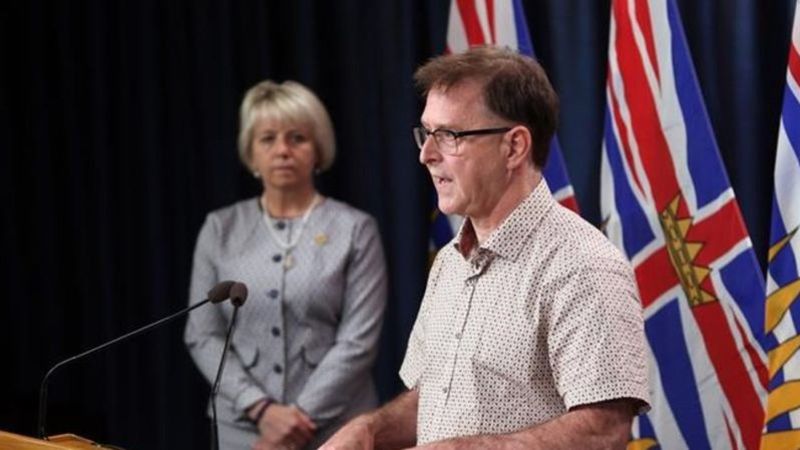
ROTHENBURGER: Kamloops has to up its lobbying game on the cancer clinic
A FULL-SERVICE CANCER CLINIC is in the works for Kamloops somewhere within the books of the provincial NDP government but it might be a long way off. Premier John Horgan promised during the election campaign in the fall of 2020 that a full service cancer clinic would be built here within the four-year mandate of a new NDP government
That was walked back significantly a year later when the now-majority government of the New Democrats said it was instead within a 10-year cancer care plan. Earlier this year, Health Minister Adrian Dix said the new clinic is in the “concept planning phase.” He’d said the same thing five months earlier. “The centre will be built.” Just a couple of weeks ago, he said it again. In other words, no timeline, no deadline
Over the past few years, most of the focus for Royal Inland Hospital has been on the $417- million patient-care tower. Now that the tower is completed and has been officially open since last month, maybe attention can be shifted to getting the new cancer clinic done.
While RIH has a good clinic now, it lacks the ability to provide radiation treatment. Patients in need of it currently must board a special shuttle bus to Kelowna. Radiation usually involves multiple treatments.


